- Suffern Central School District
- Our History
Suffern's History
-
A Long Time Ago...
Early in New York's history, the Ramapo Pass through the mountains was a perfect location for settlement. So when, in 1763, our namesake John Suffern emigrated from northern Ireland, he bought land near the entrance to the pass and built a large house that became a tavern and inn. His business success enabled him to buy a large number of acres now called Suffern. His descendants actively supported education, and helped pave the way for the beginnings of public education.
-
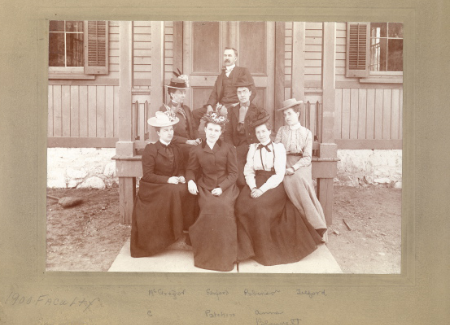
Faculty, 1903
This faculty picture was taken near the Wayne Avenue school building.
-
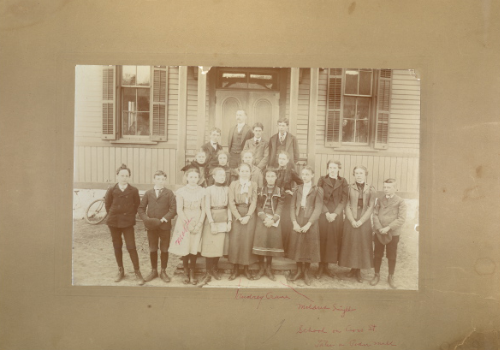
Students photographed prior to 1903
The students were photographed in the vicinity of Wayne Avenue.
-
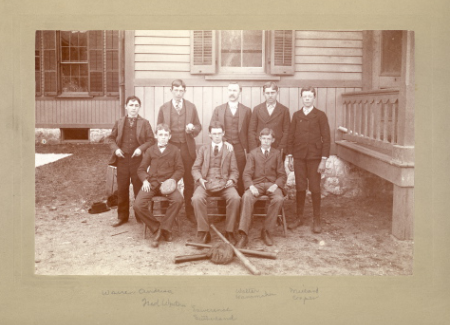
1900 Baseball Team
In spite of the absence of uniforms, team members wear baseball gloves and have placed bats in front of the group.
-
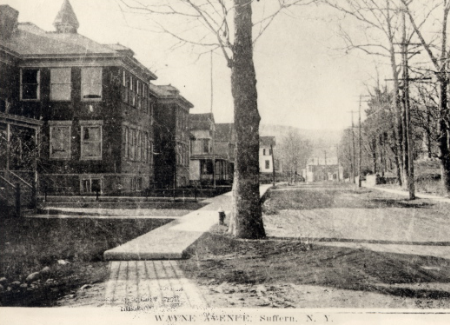
Wayne Ave School
The community supported education by paying $34,000 to build the Wayne Avenue School. That $34,000 would be worth about $1,200,000 today.
-
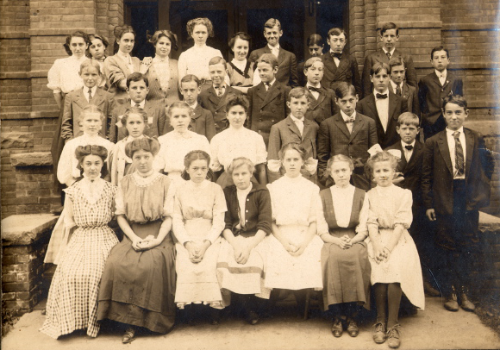
Wayne Ave 1912
-
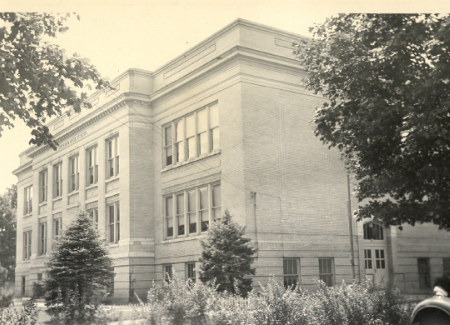
Washington Avenue School
The "High School in the Town" cost taxpayers $64,000, or about twice what the Wayne Avenue building cost. But it was a state-of-the-art facility. Our community has always supported education.
-
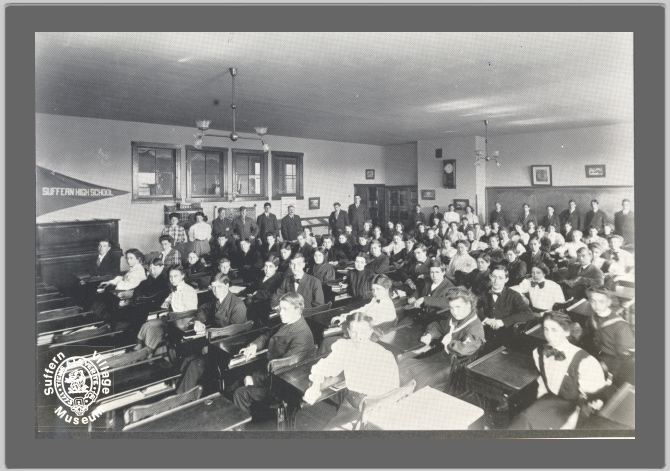
Washington Ave Class
-
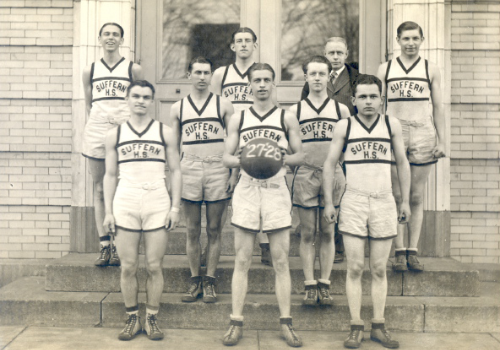
Basketball 1928
-
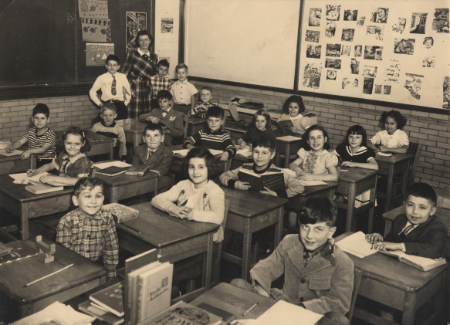
Hemion Road class
-
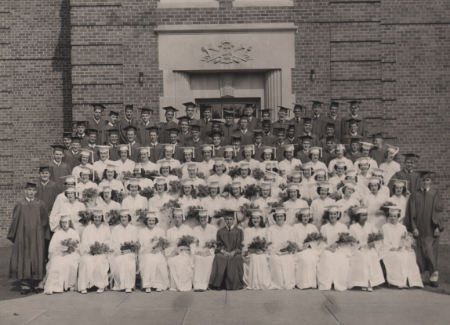
Graduation Hemion Road
-
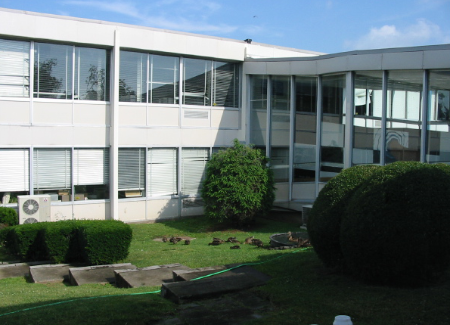
Ducks in the courtyard
The old courtyard became a regular stop for migrating ducks, and the students enjoyed pausing on the ramp to watch them waddle to the pond installed for their use.
-
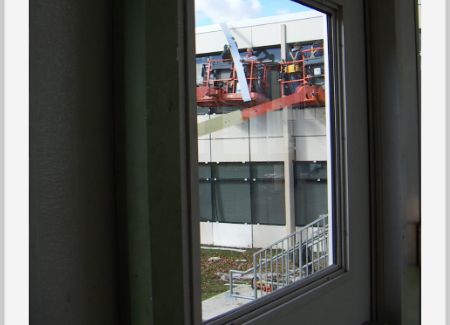
New Construction
While still the youngest of the district facilities at 29 years of age, the high school underwent close to $25 million worth of expansion and retrofitting to meet the needs of a twenty-first-century school building. Classrooms were added as well as improvements in general fittings, fixtures, windows, heating, and facial decor. Other parts of the plan called for an upgrading of athletic facilities and the installation of a new track and field facility.
-
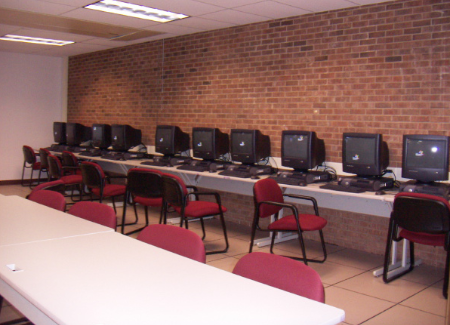
Computer Lab
-
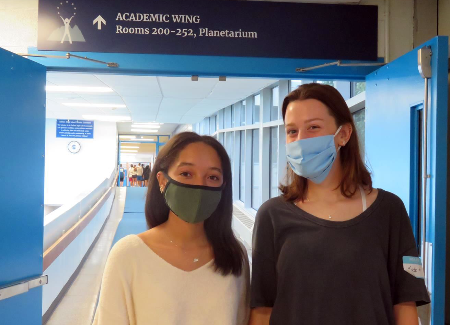
Now
-
One hundred and sixty-eight years ago, we began in a one-room schoolhouse.
Thomas W. Suffern, the son of William Suffern and grandson of John Suffern, opened a boarding school for boys and girls which ran for decades. But in 1854, a one-room public school was established. The population grew, and by 1900, the Suffern Union Free School District No. 3 opened a school on Wayne Avenue at a cost of $34,000. The date marking the founding of Suffern High School is 1905, when the Wayne Avenue building graduated its first class of five students.
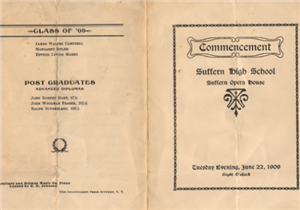
We grew again and again, first on Wayne Avenue and then Washington Avenue.
As the Wayne Avenue School became crowded, the Board of Education planned for an independent high school building. In 1912, construction began on Washington Avenue and this “state-of-the-art” school opened its doors to students in the fall of 1913. The “High School in the Town” (as its school song referred to it) served until Ramapo Central School District No.1 was formed in 1940.
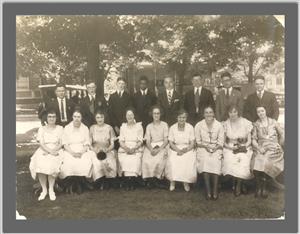
The '40s brought us another new building.
With federal assistance from the W.P.A., the new Central School District began construction on a building at the corner of Hemion and Montebello Roads, and in 1942, students from grades six through twelve moved into the school. The population boom in the late 1950s required an addition to the building in 1961 to provide for the new classes entering in ever larger numbers.

Continued postwar growth necessitated additional new buildings. Cherry Lane and Montebello Elementary Schools were constructed in 1964 and 1969.
Jam Hill--site of the current high school building.
The Board of Education projected another jump in the student population for the decade of the 1970s, motivating the purchase of land in 1963 from the Meyers family estate that abutted both Mile and Viola Roads–commonly known as “Jam Hill.” Plans for a new high school on the site were executed in 1969. The other existing buildings filled to the point of requiring split sessions until construction was completed on the new high school.
By September of 1971, grades nine through twelve moved into a modern building equipped with a planetarium, large gymnasium and auditorium, and a swimming pool. Grades seven and eight remained in the old building, renamed Suffern Junior High School. New facilities enabled Suffern High School to expand its curriculum.
We have adapted to the new century and continue to thrive.
In 1995, our supportive community approved a $10,000,000 bond issue to implement new technology. The district installed computers in classrooms, computer labs, electronic resources for the library, and network infrastructure. Corporate donations helped pay for a multi-station photography darkroom, and an upgraded television production studio.
The junior high school on Hemion Road was converted to a middle school and underwent its own upgrades and new construction for additions as needed. Our current facilities include five elementary buildings, a middle school and a high school. And to think we started in a one-room schoolhouse over one hundred and sixty years ago!
TRANSLATE withx
EnglishTRANSLATE withEnable collaborative features and customize widget: Bing Webmaster Portal
-
Our community has continued to grow and change, as have new educational standards called for by the New York State Board of Regents and federal government initiatives. But no matter our challenges, we are resilient, mindful of our roots and traditions, involved in our community, optimistic, and always aware that we do better--we ARE better-- when we work together.
We are proud of our long history, and our determination to maintain superior academic achievement as we tackle 21st-century challenges.

